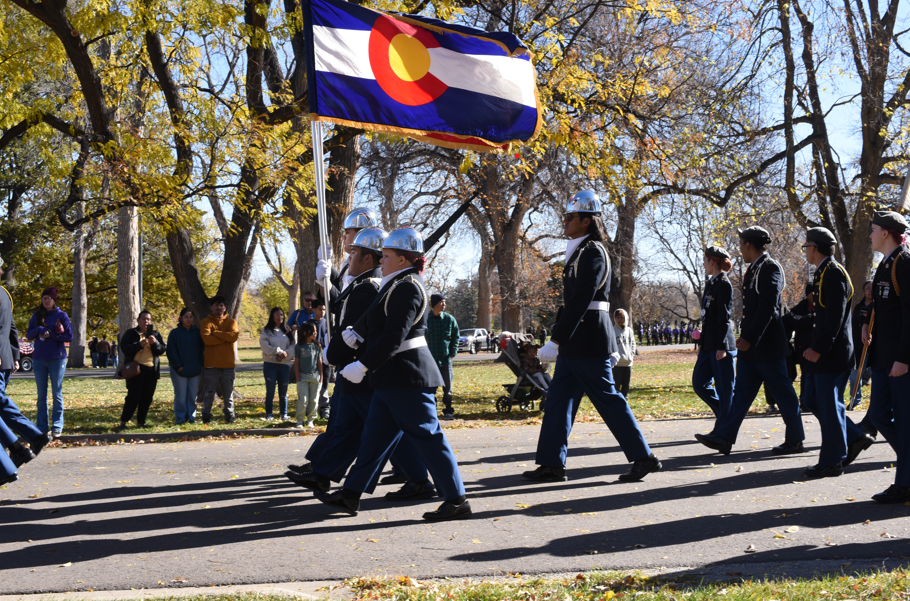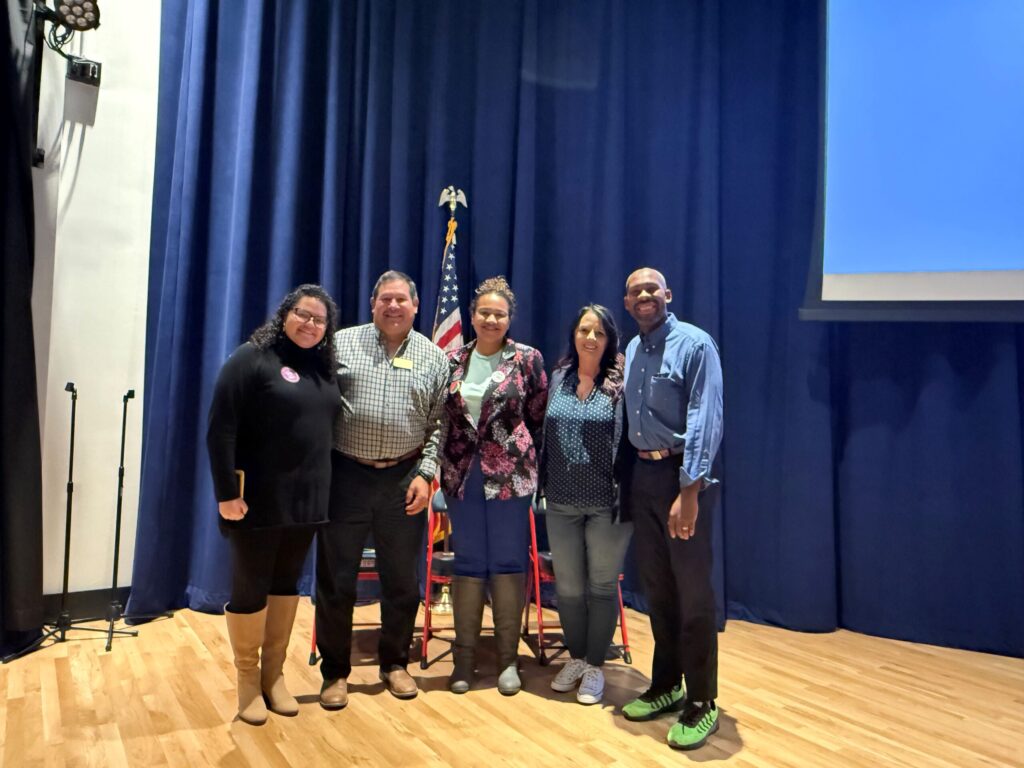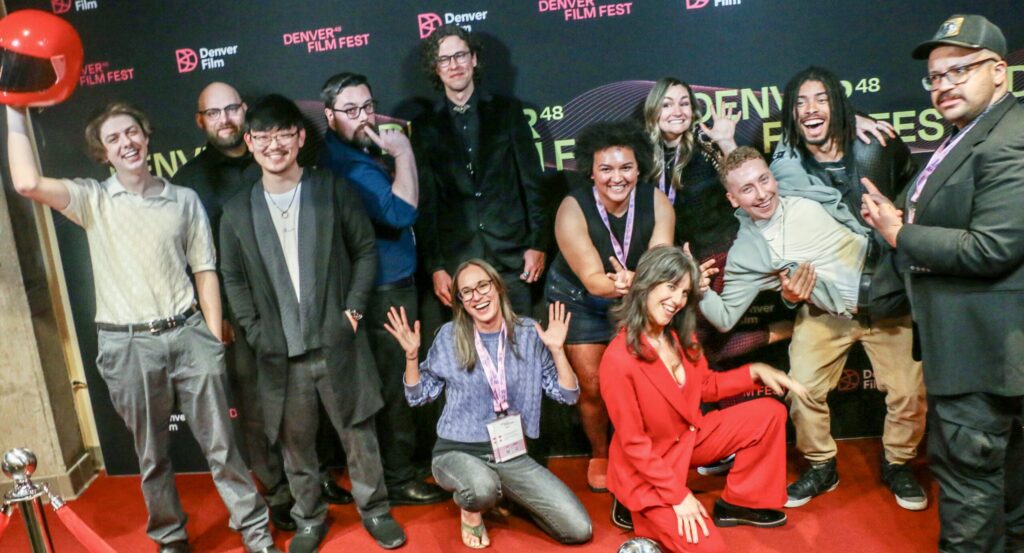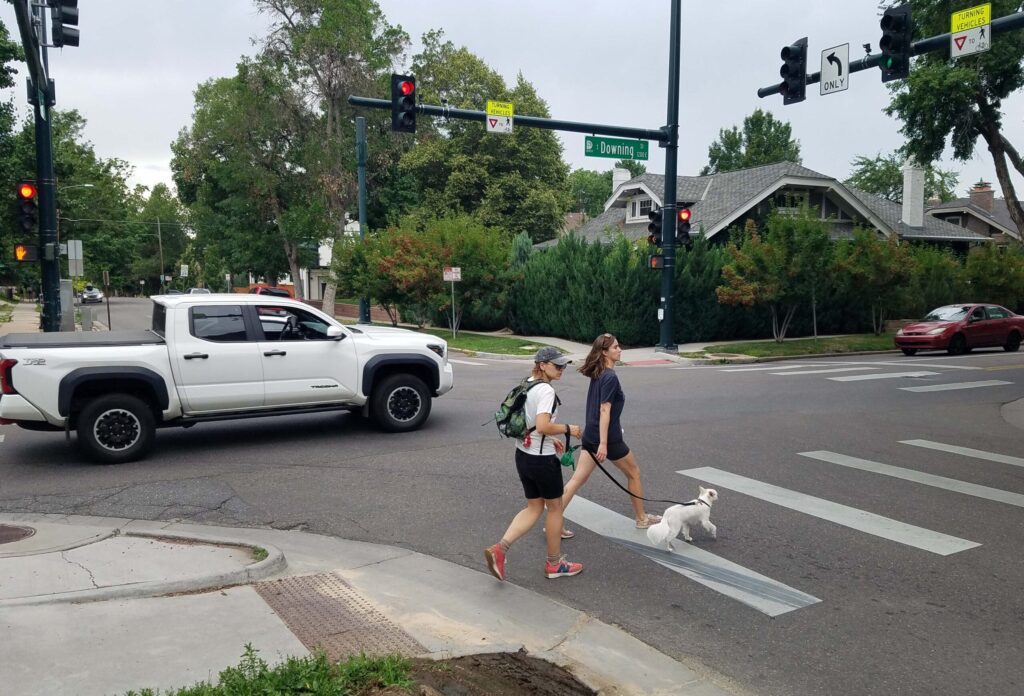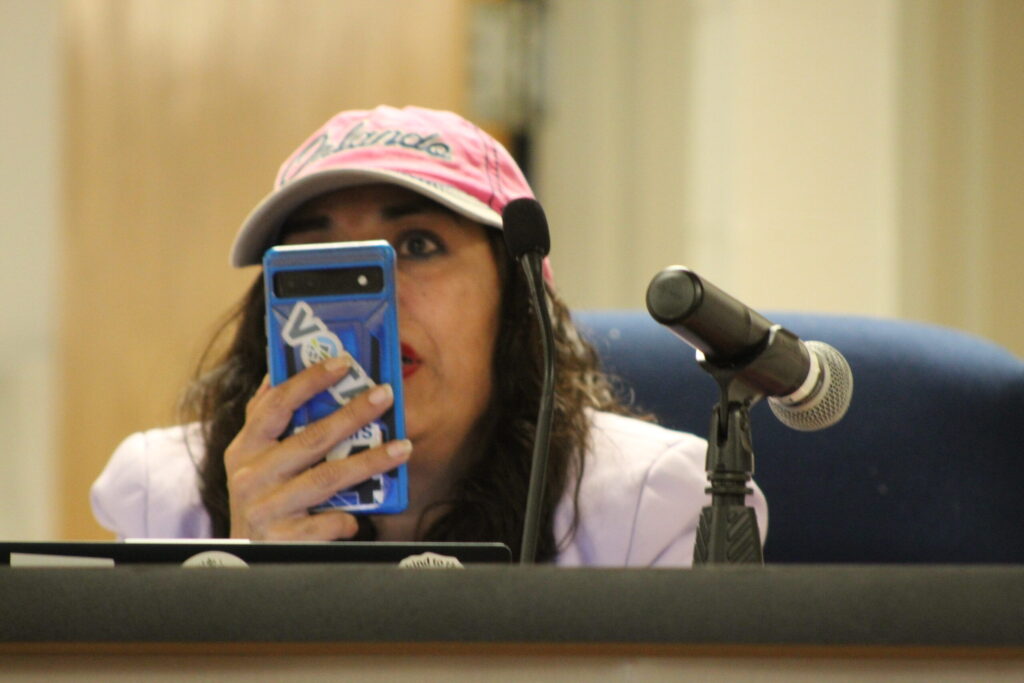This may be the best time ever to visit national parks | Vince Bzdek

During a visit to Yosemite last weekend, 40 years since my first, I found myself sitting happily in front of Half Dome for hours recalling memorable moments from a long string of visits to national parks.
I remembered many years ago sitting next to a roaring fire in Many Glaciers Hotel, watching out the giant windows as a grizzly and her two cubs, strobe-lit by lightning, climbed a mountain in a brewing thunderstorm.
I reminisced about sitting in a small tent with a large friend for three days just to get a 30-second glimpse of 20,000-foot Denali.
And I told my wife about the time my dad and I pushed boulders off the cliffs of Chasm Falls in Rocky Mountain National Park just to watch them bounce.
I’m sure many of you have similar epic memories from our country’s national parks.
In the span of a week this fall, my wife and I got a chance to revisit two of our greatest parks, Rocky and Yosemite, during a time when the parks are operating with skeleton crews because of the government shutdown.
Here’s the thing: Without anyone manning the gates to enforce timed entrances, and no rangers or other rule enforcers in sight, the parks themselves feel more footloose and freewheeling right now. And admission is free!

I dare say, people looked to me like they were having more fun than ever.
No question some of those visitors were bending the rules.
In Yosemite, a bunch of school kids jumped into the water off Swinging Bridge, something that is strictly verbotten in normal times.
BASE jumpers are sailing off El Capitan in broad daylight, the San Francisco Chronicle reports, steering their parachutes thought the canyon’s rarefied air to land perfectly in the meadows below. Also forbidden.
I was able to drive straight to Bear Lake in Rocky Mountain – no shuttle required – and take a hike in the middle of the day, something you’re hardly ever able to do if you don’t get one of the special, difficult-to-acquire timed-entry passes for that portion of the park.
Now, parking lot time limits are widely disregarded in the park. Looked to me like some people were camping overnight in those lots.
I even saw people smoking cigarettes and a few drones cruising around the rock formations, their pilots clearly ignoring posted penalties of up to $5,000 and six months in jail.
Dare I say the parks felt a little like they used to feel when I was a kid, when they were less buttoned-down and crowd-controlled.
National Park Service-run sites such as museums are closed, but most cafés and shops are being kept open by vendors in the parks. Restrooms, campgrounds and trash areas were all clean because maintenance workers are still on duty.
I couldn’t help thinking that we rogues traipsing around the parks during the shutdown were getting a good taste of why the parks were created in the first place: to let us feel what freedom really feels like.
Clay Jenkinson, a historian quoted in Ken Burns’ documentary on the parks, put it this way: “Jefferson I think would say if you go out into the heart of America and see this continent in all its glory, it will embolden you to dream about the possibilities of life. That American nature is the guarantor of American constitutional freedom. That if you don’t have a genuine link to nature in a serious, profound way, you can’t be an American.”
You can’t be free.

“The original impulse was spiritual/democratic,” Burns said in an interview about the birth of the national parks. “For the first time in human history, land was set aside not for kings, or noblemen or the rich but for everyone and for all time. That this was the Declaration of Independence applied to the landscape.”
We are all co-owners in America of some of the most beautiful places in the world. If we let them, these treasure houses still have an ability to bring us together in sheer wonder at the true shape our our physical country.
Teddy Roosevelt, who more than anyone else spurred on the expansion of the national parks, said the idea “is noteworthy in its essential democracy, one of the best bits of national achievement which our people have to their credit, and our people should see to it that they are preserved for their children, and their children’s children forever, with their majestic beauty unmarred.”
More than 150 years later, that beauty is still pretty damn unmarred.
We hit Rocky and Yosemite just as fall colors were peaking so that golden leaves blazed against the gleaming rock formations.
The two parks are each wonderlands in their own way: You drive into Rocky and it opens up onto an expanse so wide and peak-filled you feel like all of creation yawns before your feet.
Coming into Yosemite, on the other hand, you drive into a tight valley in a box of sheer granite that is black-striped by mineral washes from a thousand forgotten waterfalls, and a few still roaring. El Capitan and Half Dome lift your eyes up so high you think you’re staring into heaven.
But weirdly, arriving in both places feels achingly familiar. I’m sure that has to do in part with some ancient animal part of our brains that remembers when we used to live full-time in nature and is always aching to return.
But some of it has to do with all those cross-country trips our parents took us on to national parks, so that revisiting them is like revisiting our childhoods and the fond memories we had cavorting in them.
My son and his girlfriend joined us in Yosemite last weekend, and we all quickly relocated those childlike spirits.
We toured that cathedral in stone on rented bikes and stopped by a small church along the way for a holy moment of reconnection.
Then my son’s handlebars came loose. He started zigzagging all over the trail like a drunken Looney Tunes character, and we all dissolved in laughs.
We were soon joking about the Flannel Family marching though the meadow, and then my son said to me:
“Somebody told me you sound like an owl.”
“Who?” I asked, and we all collapsed in peels of laughter once again. And we couldn’t stop laughing for the rest of the day.
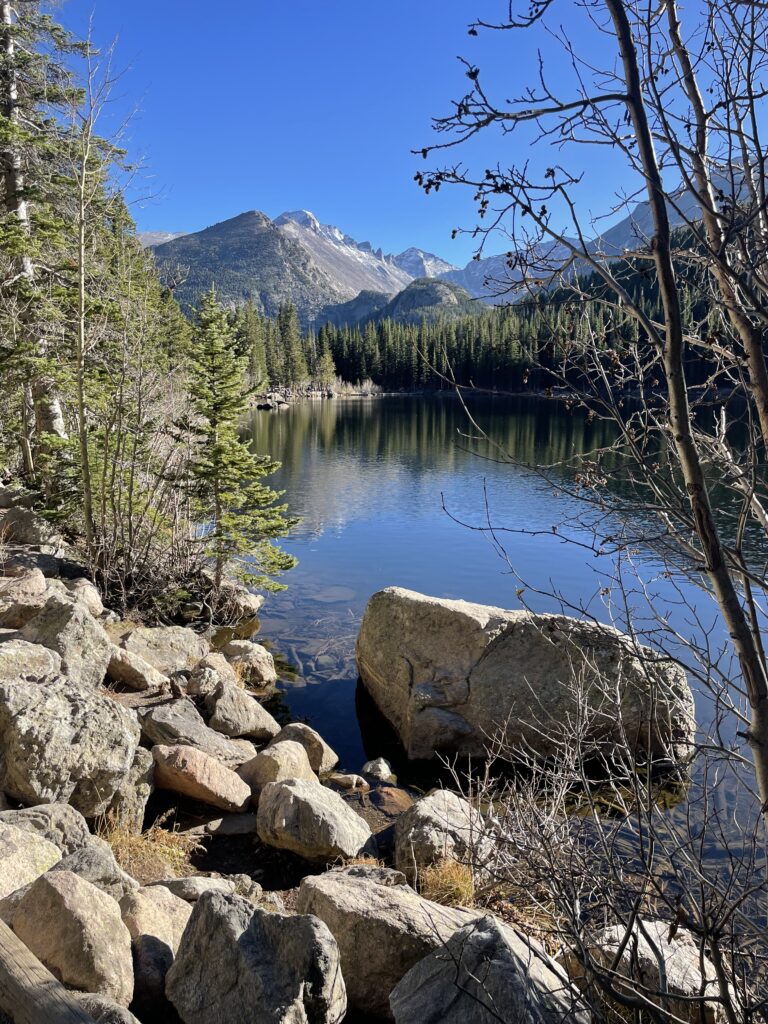
The moon parked itself right over Half Dome that night. My wife stayed up late determined to stretch the day to 25 hours. And deep in the night, she said, the volume was turned up on the brightness and clarity of the stars so high she could hardly believe her eyes.
Those iconic trips we made in the station wagon when we were all kids, they are part of our collective DNA, a rite of passage that helped forge our deepest, most foundational relationships, with our parents, our brothers and sisters, with nature and even ourselves. They are worth passing along.
So here’s my wish that today’s parents remember somewhere deep in their souls the value of those childhood trips and get their own kids away from their screens and back into those treasure houses that make us Americans who we are.
“Everybody needs beauty as well as bread,” said Muir.
Going back to those parks is simply going home.







